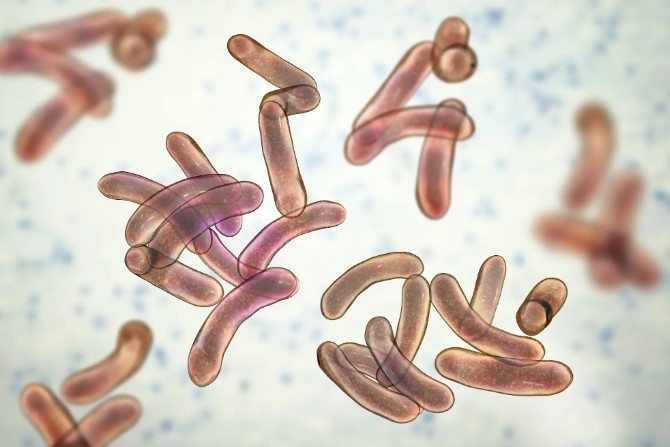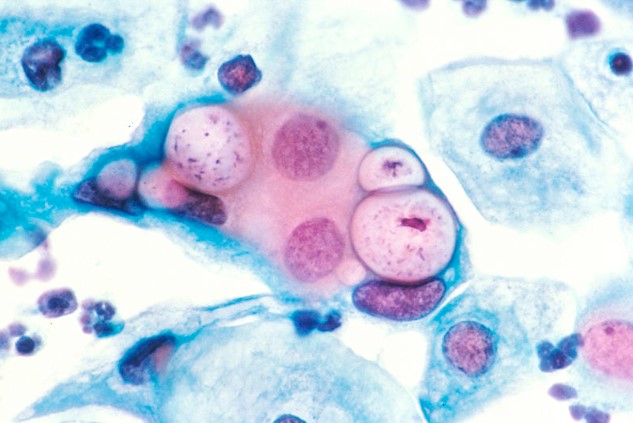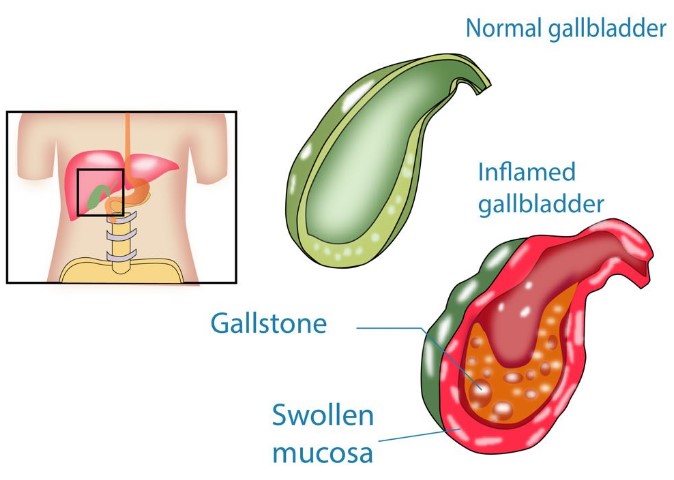
Cholera: An In-depth Look at a Persistent Global Threat
Introduction
Cholera is a severe diarrheal illness caused by the bacterium Vibrio cholerae. It’s often associated with inadequate access to clean water and sanitation, making it a critical public health issue, particularly in developing countries. Understanding cholera is essential for preventing and managing outbreaks, thereby saving lives and reducing suffering.
History of Cholera
Origin and Early Outbreaks
Cholera has a long history, with the first recorded instances dating back to ancient India. It spread to other regions through trade routes, notably affecting areas with poor sanitation and crowded living conditions.
Major Cholera Pandemics
Since the early 19th century, there have been seven major cholera pandemics. The first pandemic began in 1817 in the Ganges Delta, spreading rapidly to Southeast Asia, the Middle East, and Eastern Africa. The most recent, the seventh pandemic, began in 1961 in Indonesia and continues to affect regions today.
Causes of Cholera
Vibrio Cholerae Bacterium
The primary cause of cholera is the Vibrio cholerae bacterium. This bacterium produces a toxin that causes the intestines to release large amounts of water, leading to severe diarrhea and dehydration.
Transmission Methods
Cholera spreads primarily through contaminated water and food. In areas with poor sanitation, the bacterium can thrive and spread quickly, especially following natural disasters or in refugee camps.
Symptoms of Cholera
Early Symptoms
Early symptoms of cholera include sudden onset of watery diarrhea, nausea, and vomiting. These symptoms can appear within hours to five days after infection.
Severe Symptoms
In severe cases, cholera can cause rapid dehydration, leading to shock and, if untreated, death. Severe dehydration is marked by sunken eyes, dry mouth, cold clammy skin, and decreased urine output.
Diagnosis of Cholera
Clinical Diagnosis
Clinicians typically diagnose cholera based on the characteristic symptoms, particularly the sudden onset of watery diarrhea. A patient’s travel history and recent exposure to contaminated water can aid in diagnosis.
Laboratory Tests
Laboratory tests confirm the diagnosis by identifying Vibrio cholerae in stool samples. Rapid diagnostic tests (RDTs) can provide results within minutes, aiding in quick decision-making for treatment.
Treatment of Cholera
Rehydration Therapy
The cornerstone of cholera treatment is rehydration therapy, which involves replacing lost fluids and electrolytes. Oral Rehydration Salts (ORS) solution is commonly used for mild to moderate cases, while intravenous fluids are necessary for severe dehydration.
Antibiotic Treatment
Antibiotics can shorten the duration of cholera and reduce its severity. Common antibiotics used include doxycycline, azithromycin, and ciprofloxacin. However, antibiotics are not a substitute for rehydration therapy.
Other Treatments
Zinc supplementation is often recommended for children with cholera to reduce the duration and severity of diarrhea. Continued feeding during the illness helps maintain nutritional status.
Prevention of Cholera
Safe Drinking Water
Ensuring access to safe drinking water is crucial in preventing cholera. This includes treating water with chlorine, boiling, or using safe storage practices.
Proper Sanitation
Proper sanitation facilities and practices, such as using latrines and handwashing with soap, can significantly reduce the spread of cholera.
Vaccination
Oral cholera vaccines (OCVs) provide temporary protection and are used in areas with active outbreaks or high risk. Vaccines like Dukoral, Shanchol, and Euvichol-Plus have shown efficacy in preventing cholera.
Cholera in Different Regions
Cholera in Asia
Asia, particularly South Asia, has been a hotspot for cholera. Countries like India and Bangladesh regularly report cases, often exacerbated by monsoon rains and flooding.
Cholera in Africa
Sub-Saharan Africa experiences frequent outbreaks, with factors like inadequate water infrastructure and conflict contributing to the persistence of the disease. The Democratic Republic of the Congo and Mozambique are among the hardest-hit countries.
Cholera in the Americas
Cholera is less common in the Americas, but outbreaks still occur. The most notable recent outbreak was in Haiti following the 2010 earthquake, which resulted in thousands of deaths.
Impact of Cholera on Public Health
Mortality Rates
Cholera can be fatal if not treated promptly, with mortality rates exceeding 50{ca840de20a89c9df01ee67f664a5c1bef4377b6cdb5728d1ab774f0180b49f28} in severe untreated cases. However, with proper treatment, the fatality rate drops to less than 1{ca840de20a89c9df01ee67f664a5c1bef4377b6cdb5728d1ab774f0180b49f28}.
Economic Impact
Cholera outbreaks strain healthcare systems and economies, particularly in developing countries. The costs of treatment, lost productivity, and implementing preventive measures can be substantial.
Cholera and Children
Vulnerability of Children
Children under five are especially vulnerable to cholera due to their smaller body size and higher susceptibility to dehydration. Malnutrition further increases their risk.
Prevention in Children
Preventive measures for children include ensuring they drink safe water, practice good hygiene, and receive OCVs in high-risk areas.
Role of International Organizations
World Health Organization (WHO)
The WHO plays a critical role in cholera control by providing guidelines, coordinating international response efforts, and supporting affected countries with resources and expertise.
UNICEF
UNICEF focuses on providing clean water, sanitation, and hygiene (WASH) programs, particularly for children and communities in crisis.
Other NGOs
Numerous NGOs, such as Médecins Sans Frontières (MSF) and the International Federation of Red Cross and Red Crescent Societies (IFRC), actively respond to cholera outbreaks with medical care and prevention programs.
Cholera in Natural Disasters
Impact on Disaster-stricken Areas
Natural disasters like floods, earthquakes, and hurricanes can disrupt water and sanitation systems, leading to cholera outbreaks. Rapid response and coordinated efforts are essential to control the spread.
Case Studies
The 2010 Haiti earthquake and subsequent cholera outbreak is a stark example of how natural disasters can exacerbate the spread of infectious diseases, highlighting the need for robust emergency preparedness.
Future Challenges in Combating Cholera
Climate Change
Climate change poses new challenges for cholera control. Rising temperatures and increased flooding can create ideal conditions for Vibrio cholerae to thrive.
Antibiotic Resistance
The emergence of antibiotic-resistant strains of Vibrio cholerae complicates treatment efforts. Continuous monitoring and development of new treatment strategies are necessary to combat this issue.
Success Stories in Cholera Control
Effective Interventions
Countries like Bangladesh have successfully reduced cholera cases through comprehensive interventions, including improved water and sanitation infrastructure, public health education, and vaccination campaigns.
Lessons Learned
The success in these regions underscores the importance of integrated approaches that combine immediate response with long-term infrastructure improvements.
Conclusion
Cholera remains a significant global health challenge, but with coordinated efforts, it is possible to control and prevent outbreaks. Ensuring access to clean water, proper sanitation, and timely medical treatment are critical steps. Continued investment in public health infrastructure and education, along with international cooperation, will be key to overcoming the persistent threat of cholera.
FAQs
How can cholera be prevented?
Cholera can be prevented by ensuring access to safe drinking water, practicing good sanitation and hygiene, and using cholera vaccines in high-risk areas.
What are the main symptoms of cholera?
The main symptoms of cholera include sudden onset of watery diarrhea, nausea, vomiting, and severe dehydration.
How is cholera treated?
Cholera is primarily treated with rehydration therapy to replace lost fluids and electrolytes. Antibiotics can also be used to shorten the duration and severity of the illness.
Is there a vaccine for cholera?
Yes, there are several oral cholera vaccines (OCVs) available, such as Dukoral, Shanchol, and Euvichol-Plus, which provide temporary protection against cholera.
Why is cholera still a problem in some areas?
Cholera persists in some areas due to inadequate water and sanitation infrastructure, poor hygiene practices, and challenges posed by natural disasters and conflicts.
You May Also Like

Blepharitis: Understanding and Managing This Common Eye Condition
October 1, 2024
How to Treat a Fever: Comprehensive Guide and FAQs
August 5, 2023
